Description
Introduction to Chatha Gujran
Chatha Gujran, also called Chatha Jagir, is a peaceful village in Marh block of Jammu district, just 2–3 km from the international border. It is home to Dogra, Sikh, and Gujjar families living in harmony. The village thrives on agriculture, dairy, and poultry farming, supported by projects like mushroom units, tile factories, and organic farming. The Gurudwara Sahib (1960) is the spiritual heart of the community.
Population and Urbanization
The village has about 1,500–1,800 residents, mainly Dogra and Sikh families, with some Gujjars. Falling under Gram Panchayat Karloop, it shares governance with Karloop and Budhuchak. While retaining a rural lifestyle, it has road links, electricity, and water supply. Proximity to Marh town provides access to healthcare, markets, and education.
Historical Account
Chatha Gujran’s roots lie in Dogra and Sikh farming families who settled due to fertile soil and water. Partition in 1947 reshaped the community, with some migration and border tensions. The village, just 2–3 km from the border, has witnessed military presence during wars. Its name reflects both Dogra and Gujjar influences, marking resilience and unity.
Principal Attractions
The village offers scenic fields of wheat, rice, and vegetables, changing colors with the seasons. Its calm rural landscape is perfect for walks, photography, and enjoying nature. Border proximity adds expansive countryside views. Chatha Gujran’s true charm lies in its simple, authentic village setting.
Historical and Military Monuments
Although lacking grand monuments, the village has symbolic significance due to its border location. Residents recall stories from the wars of 1947, 1965, and 1971. The Gurudwara Sahib (1960) serves as both a spiritual center and a monument of resilience. Villagers hold deep respect for the armed forces guarding the frontier.
Best Time to Visit
The best season is November–February, when weather is pleasant and fields are lush. Festivals like Gurpurab, Lohri, and Baisakhi fill the village with music, dance, and traditional food. Visitors experience both scenic beauty and vibrant culture during winter celebrations.
Village Lifestyle and Values
Life here is simple, revolving around farming, livestock, and family. Villagers rise early for fieldwork, celebrate festivals together, and support one another in daily tasks. Respect for elders, unity, and collective living form the backbone of the community. Tradition blends with gradual modern changes.
Economic Activities
Agriculture is the backbone, with wheat, rice, and vegetables as major crops. Dairy and poultry farming provide steady income. New initiatives like mushroom farming, tile units, and organic projects diversify livelihoods. A few residents engage in trades and jobs in nearby towns, showing adaptability to change.
Education
The village has primary and middle schools for early education. For higher studies, students travel to Marh or Jammu city. Teachers and community efforts ensure basic learning, while nearby towns provide access to advanced education and career opportunities.
Accessibility and Transport
Chatha Gujran is connected to Marh by rural roads, with onward links to Jammu city. Private vehicles and shared transport are common. The nearest major rail link is Jammu Tawi station, 25–30 km away. Border roads are well-monitored, ensuring both security and connectivity.
Prominent Local Businesses
Agriculture and dairy farming dominate the local economy, with vegetables and milk sold in nearby markets. Government-backed mushroom, tile, and organic farming projects create modern opportunities. Poultry, grocery shops, and small services add to livelihoods, keeping the economy community-driven.
Health and Veterinary Services
The village lacks its own health centre but depends on Marh town for clinics, pharmacies, and government hospitals. Jammu city provides advanced facilities. Veterinary camps and services in Marh care for cattle and poultry, crucial for sustaining the village’s dairy economy.
Arts and Cultural Contributions
Chatha Gujran preserves Punjabi and Dogra traditions through folk songs, boliyan, and dances like Bhangra and Gidda. Elderly singers keep oral traditions alive, while artisans practice embroidery, pottery, and woodcraft. Local fairs and school events showcase these cultural expressions.
Entertainment and Cultural Venues
The Gurudwara Sahib doubles as a cultural hub, hosting kirtans, langar, and festivals. Open fields serve as venues for Baisakhi fairs, sports events, and weddings. Lohri bonfires and community gatherings keep traditions alive, making celebrations the heart of village entertainment.
Sports Facilities and Activities
Cricket, volleyball, and kabaddi are popular among youth, played in open grounds and schools. Traditional games like tug-of-war and wrestling feature during festivals. Despite lacking formal sports complexes, enthusiasm and participation keep sports culture thriving.
Biodiversity: Flora and Fauna
The village’s fertile lands support wheat, rice, maize, and vegetables, along with fruit trees like mango and guava. Peepal, neem, and banyan trees enrich greenery. Birds such as peacocks and parrots, along with small animals and insects, thrive in the fields, reflecting ecological balance.
Photos
Videos
Location Map
Contact Information
| Address |
Chatha Gujran Village, Marh, Jammu & Kashmir |
| Phone Number |
+91 97976 77802 |
| Email Address |
Reviews (3)


Nice work

Nice Research

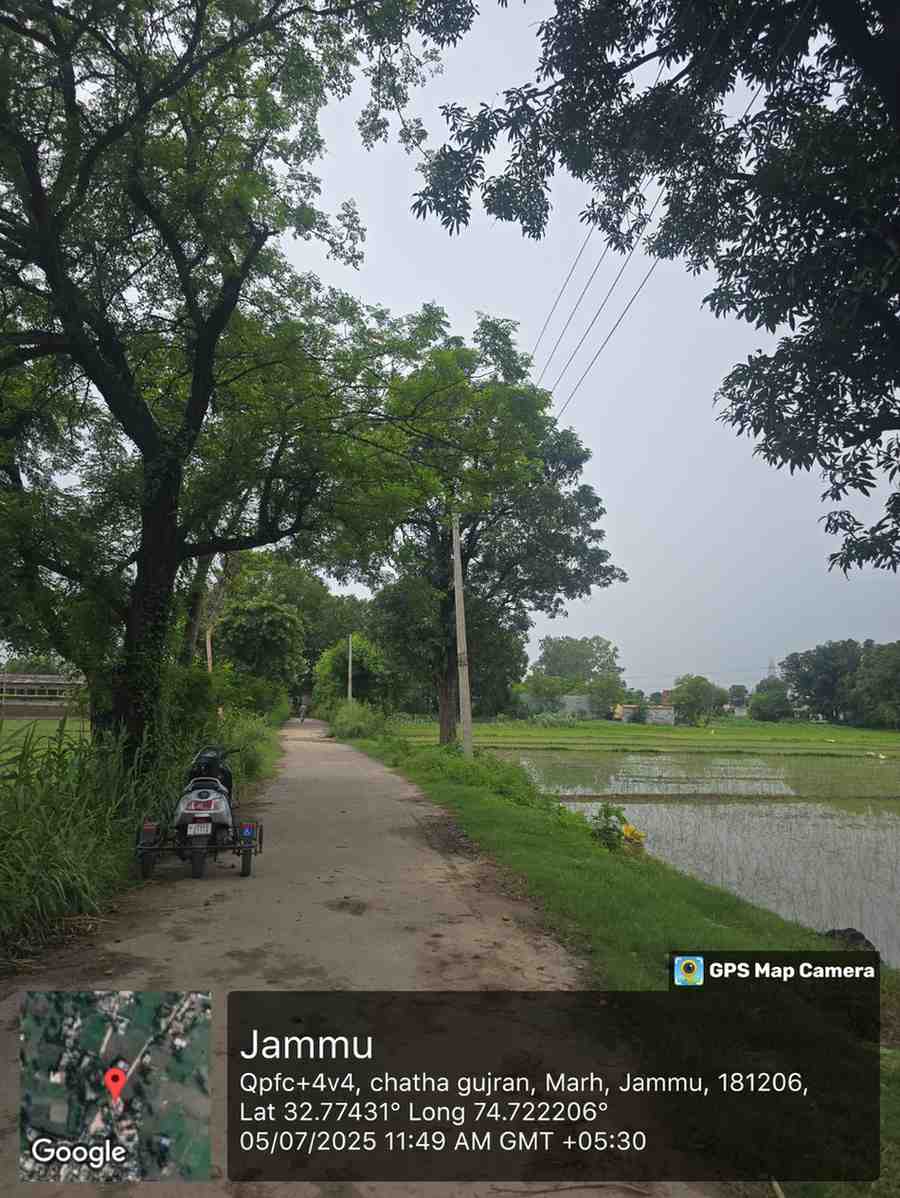
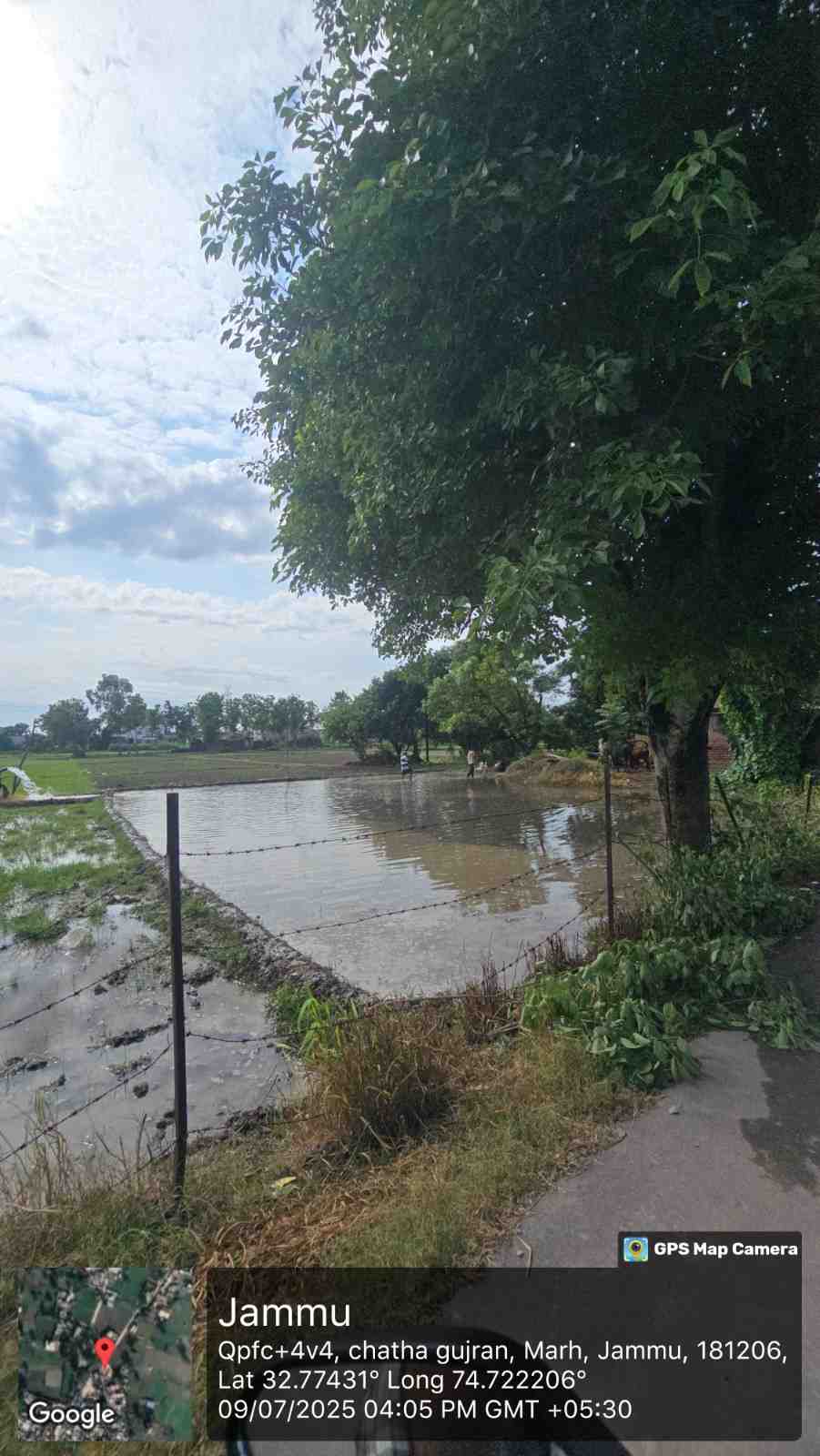
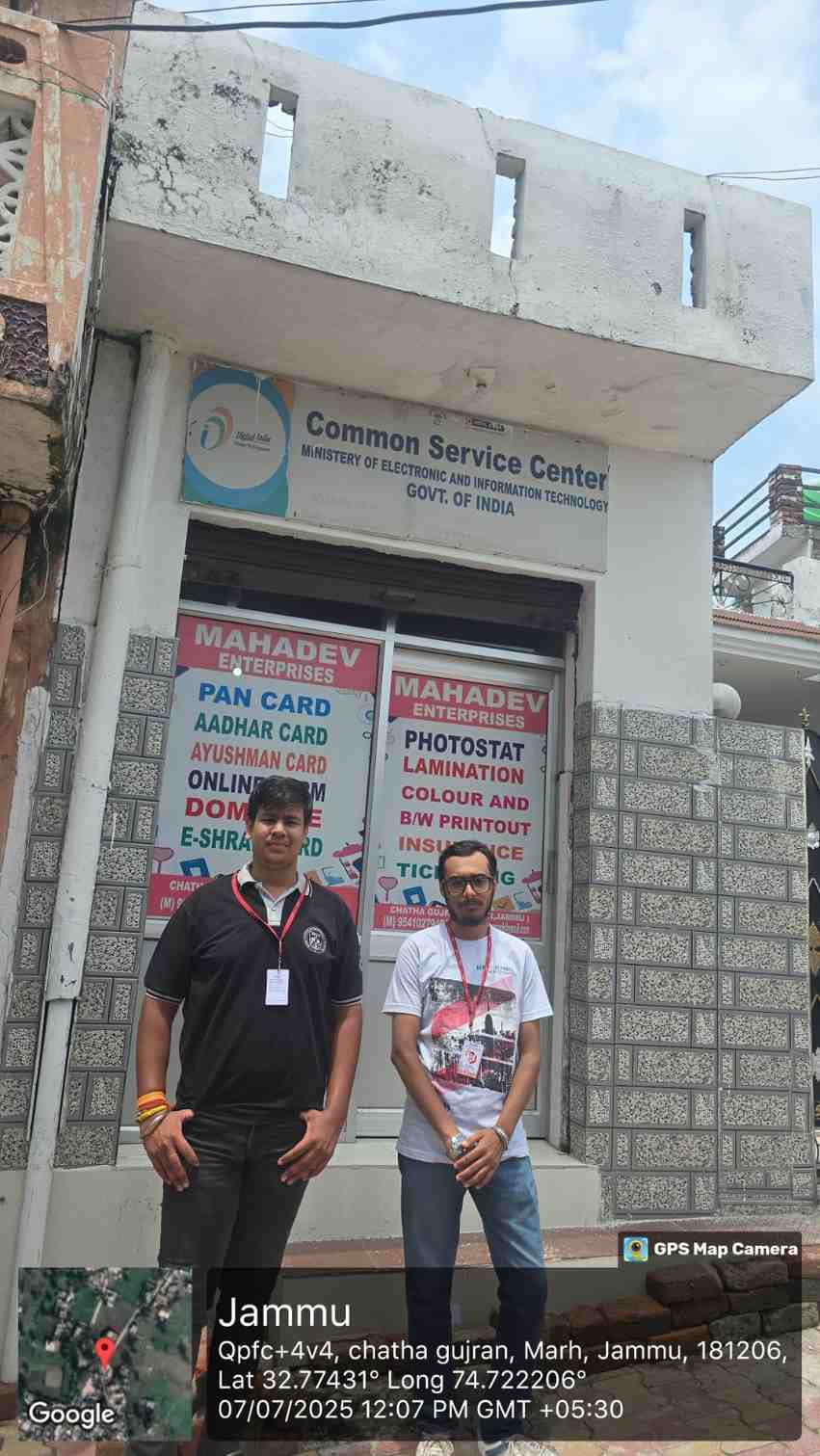
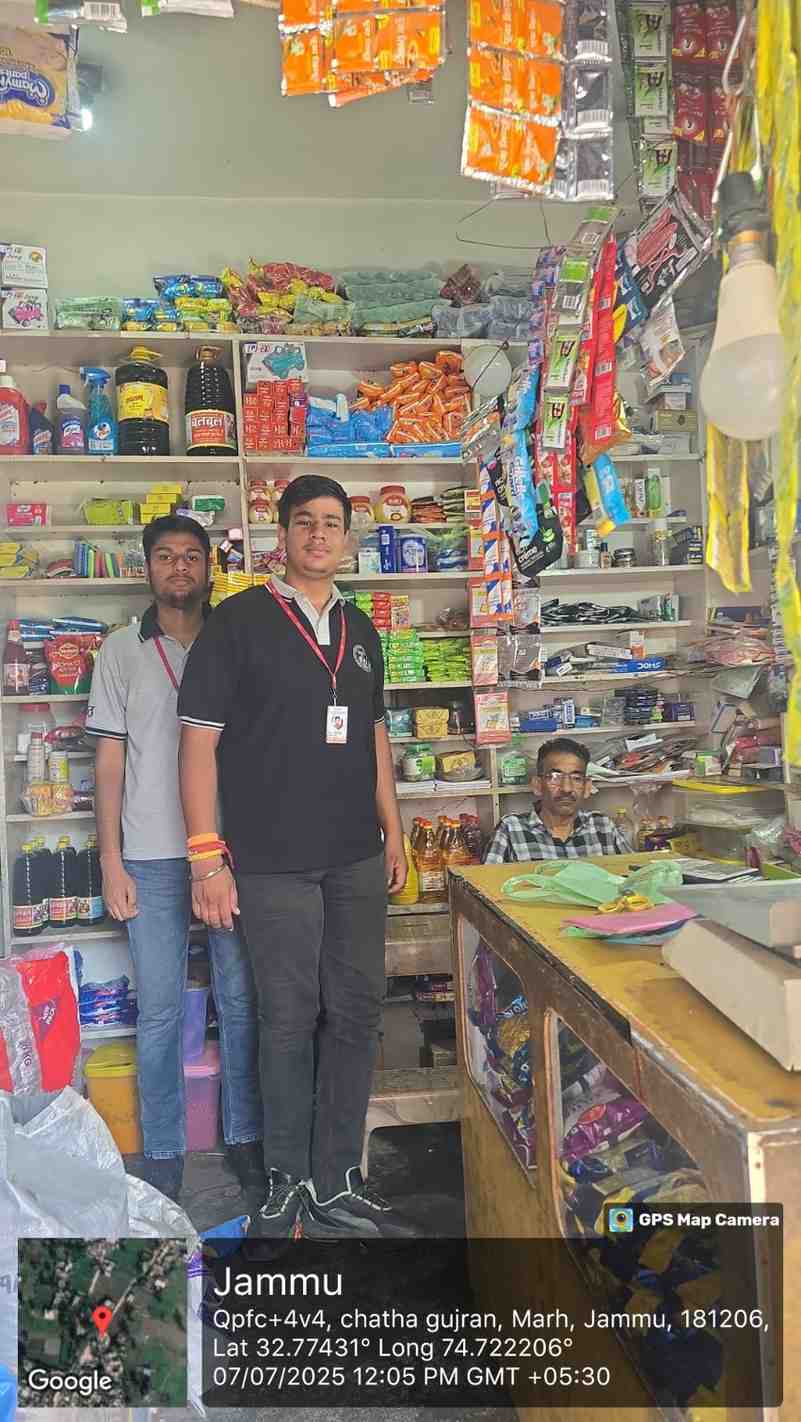
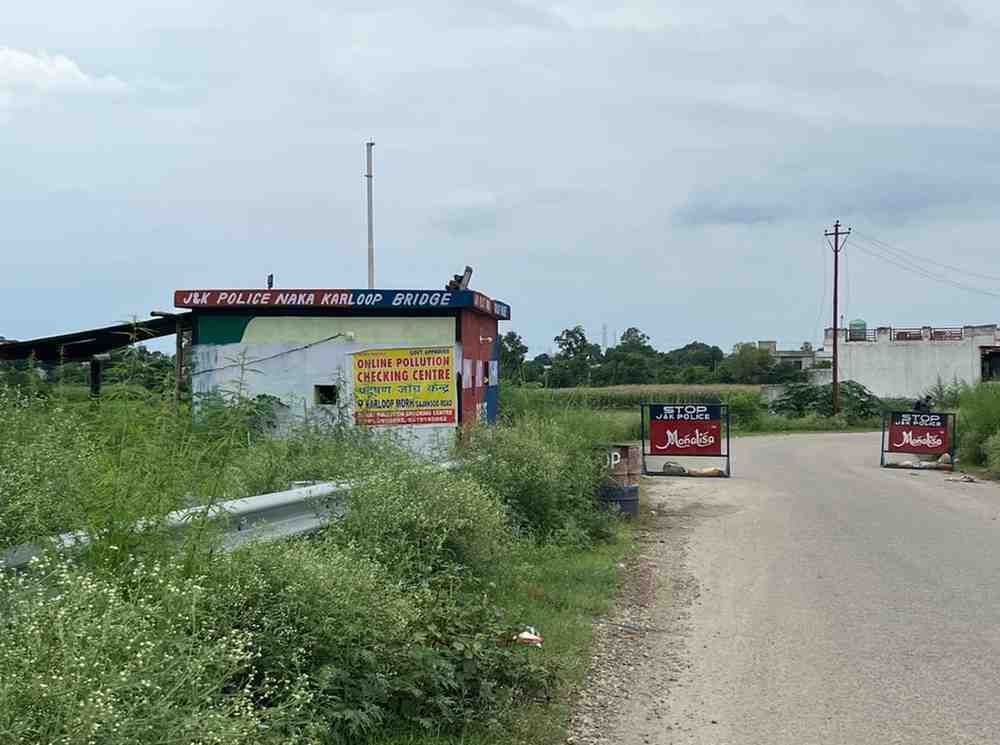
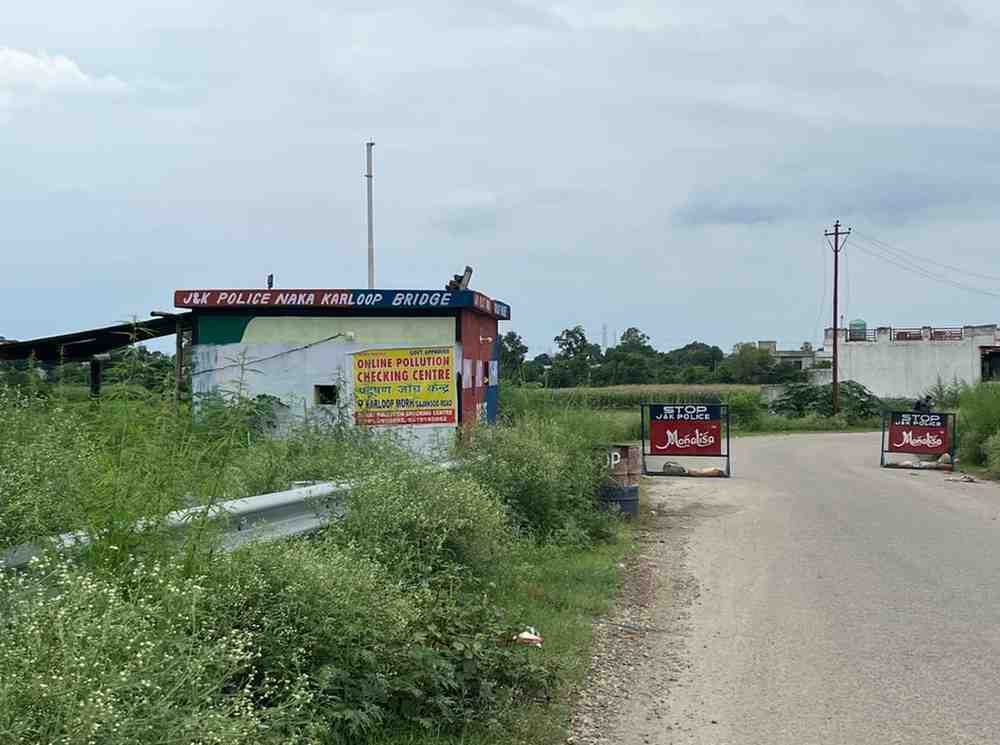
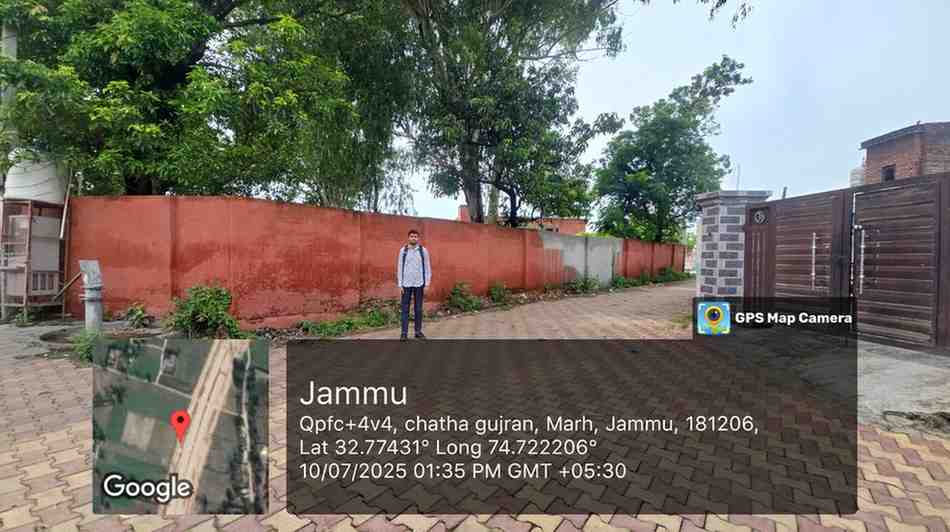
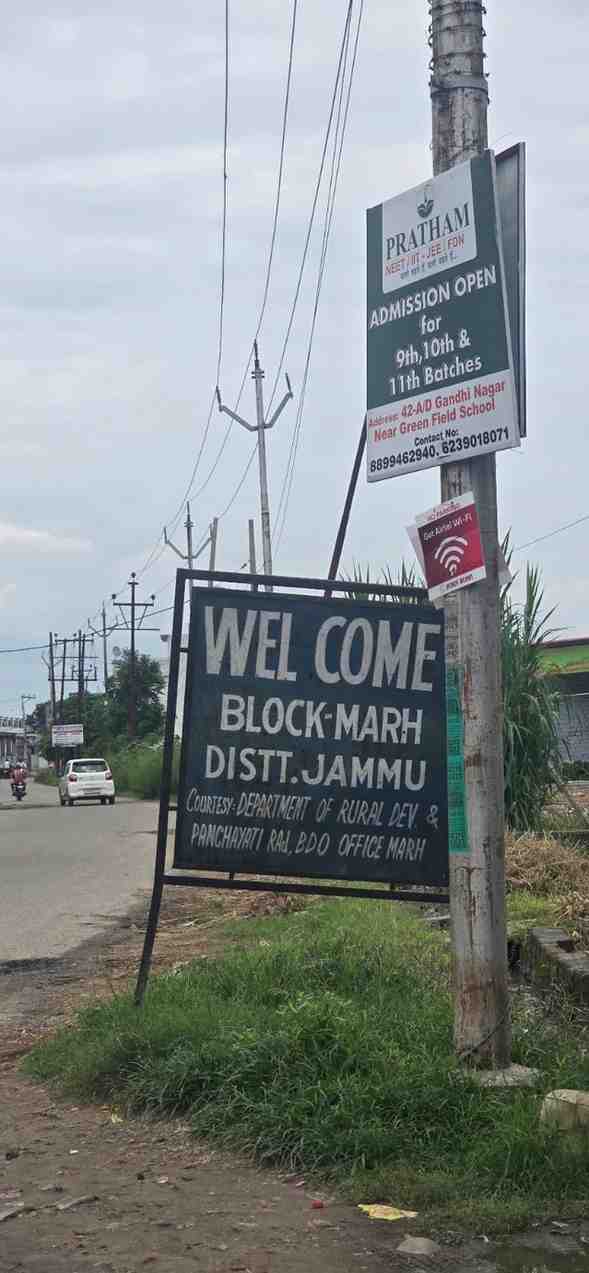
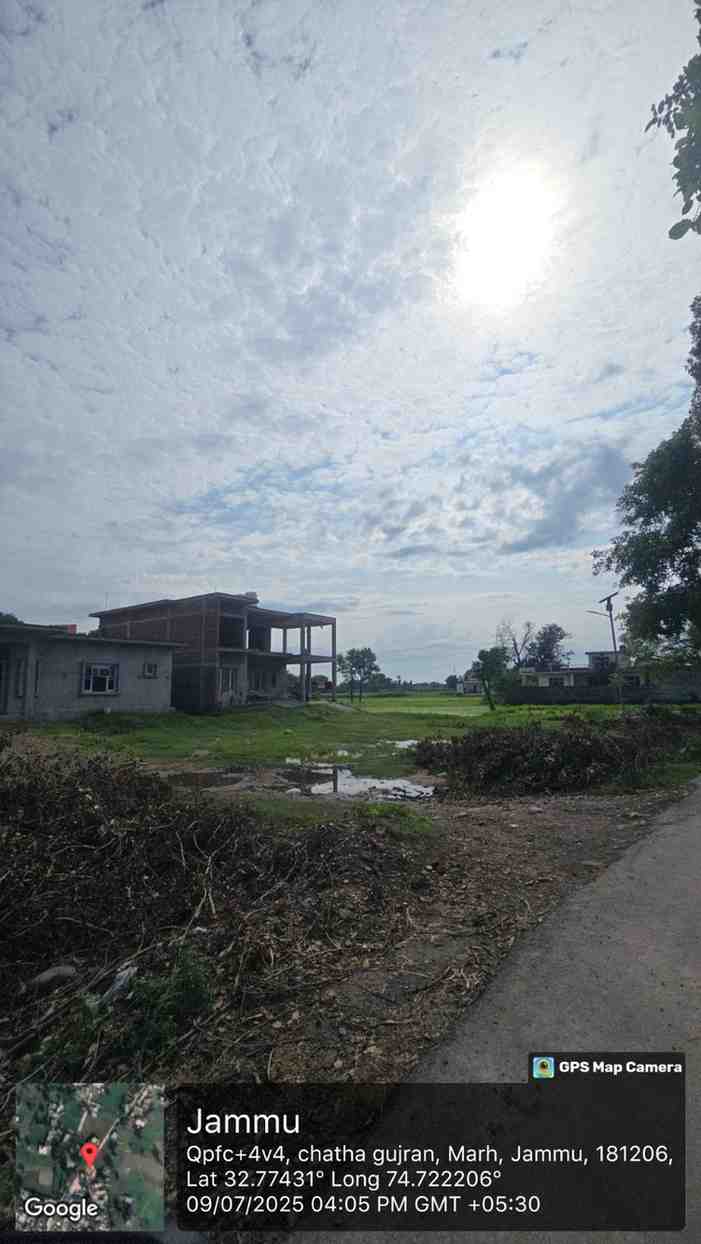
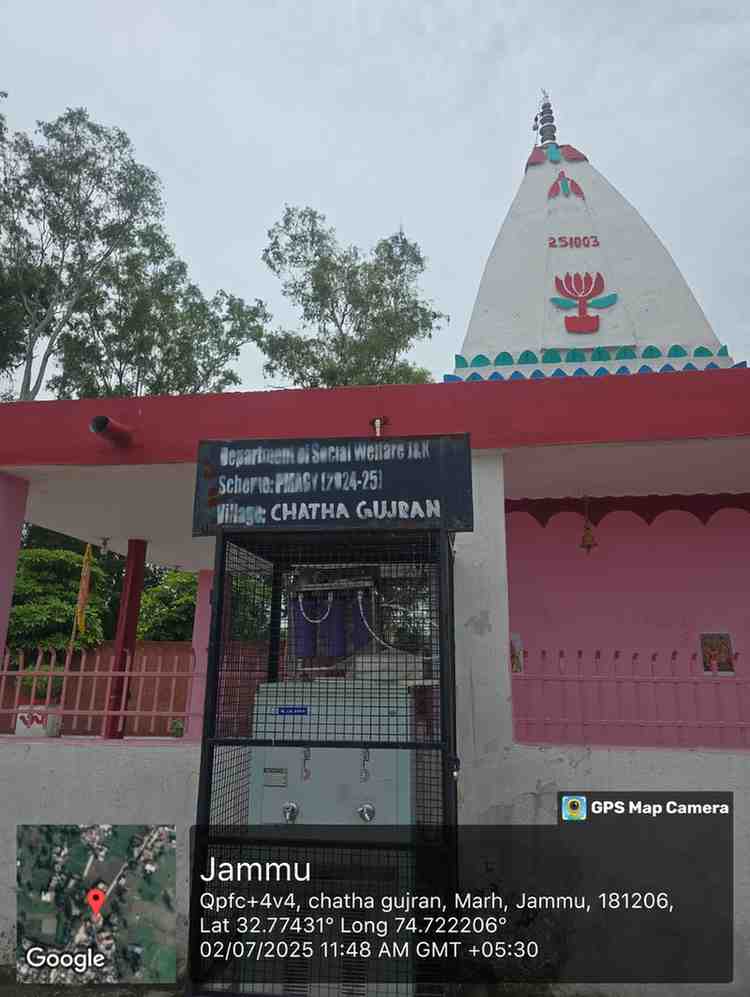
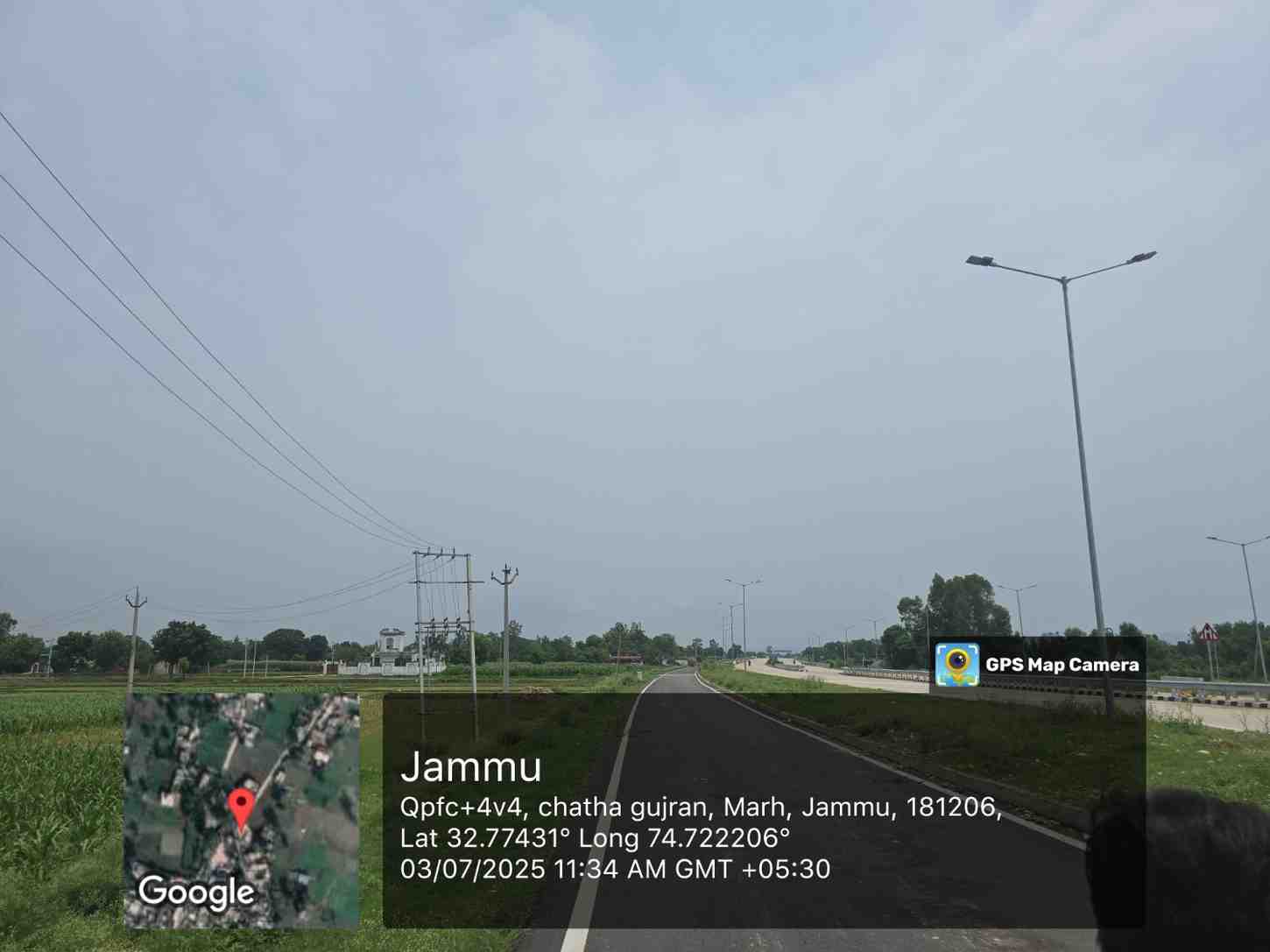
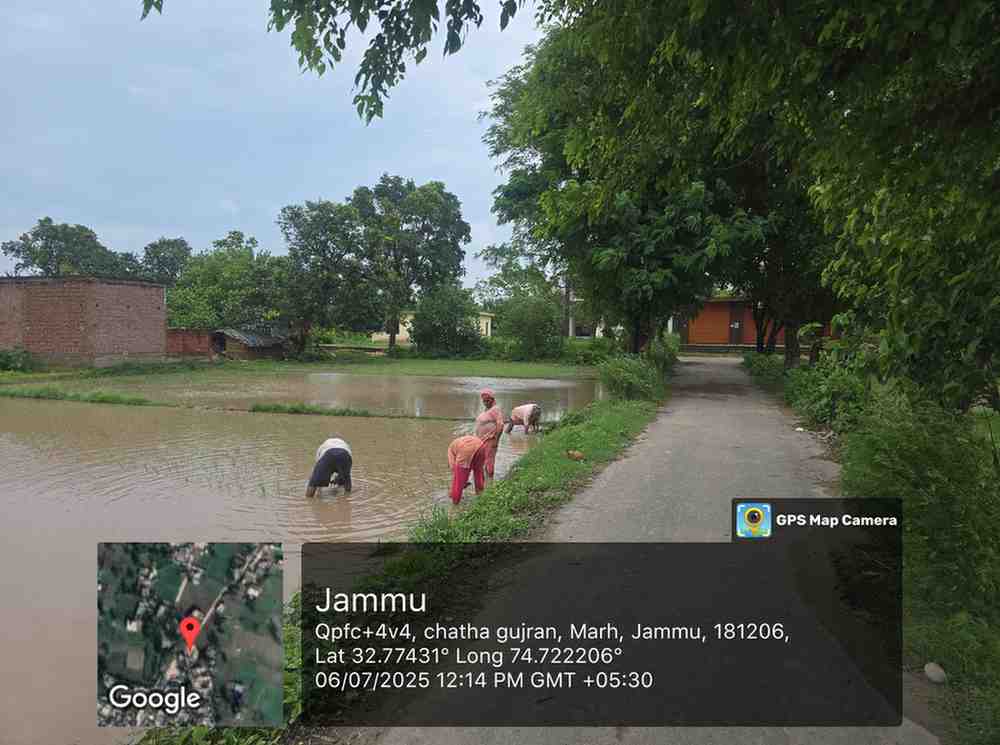
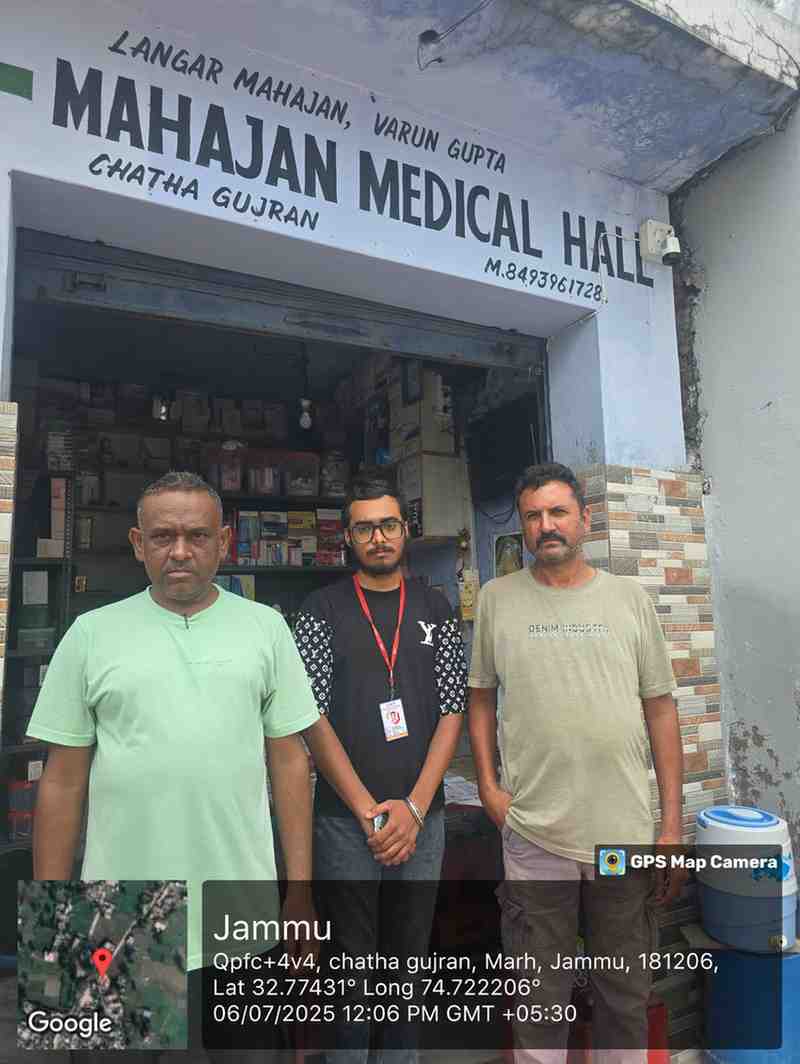
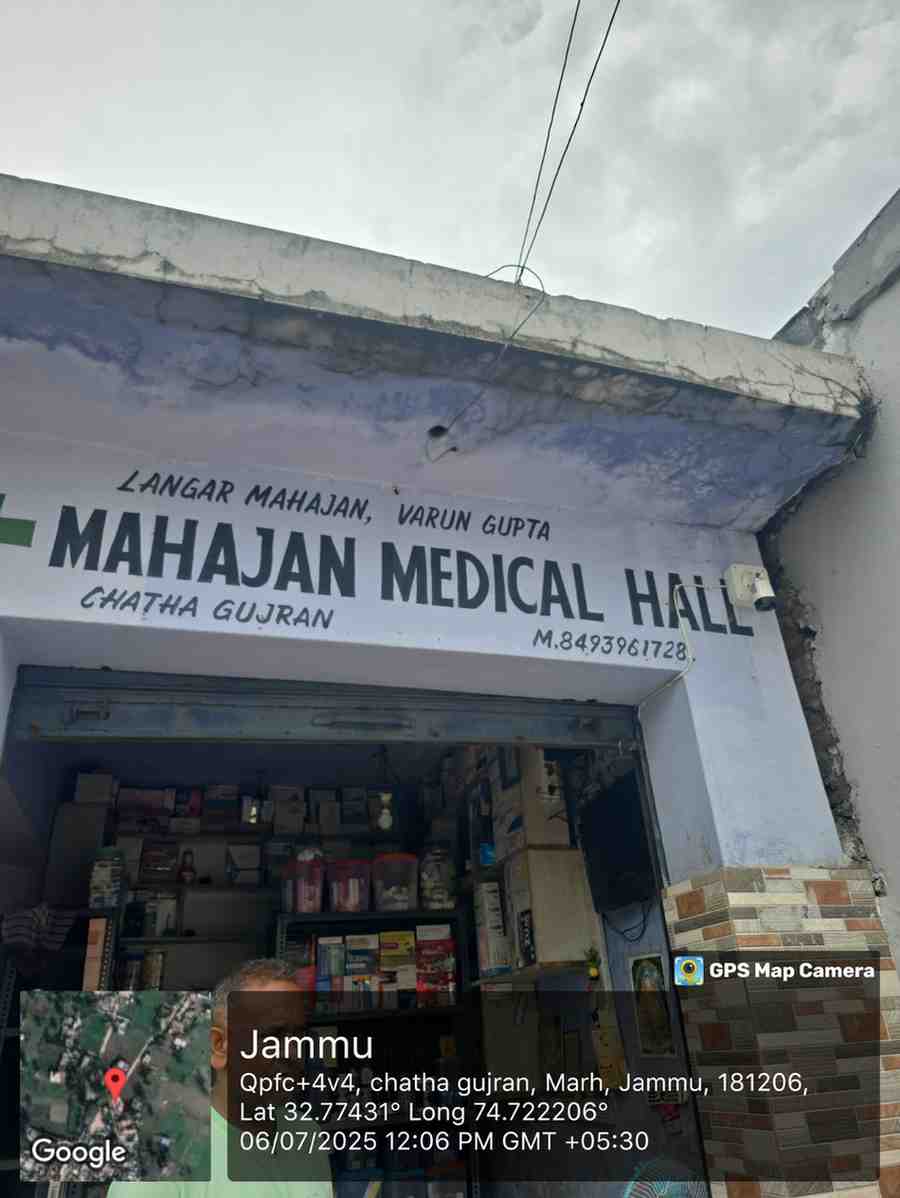
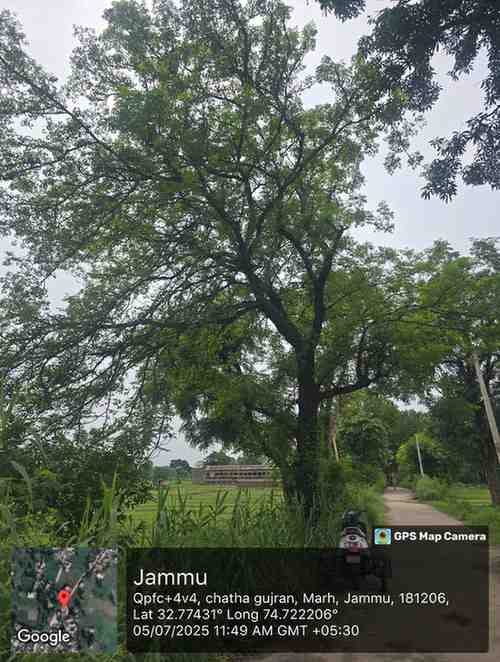
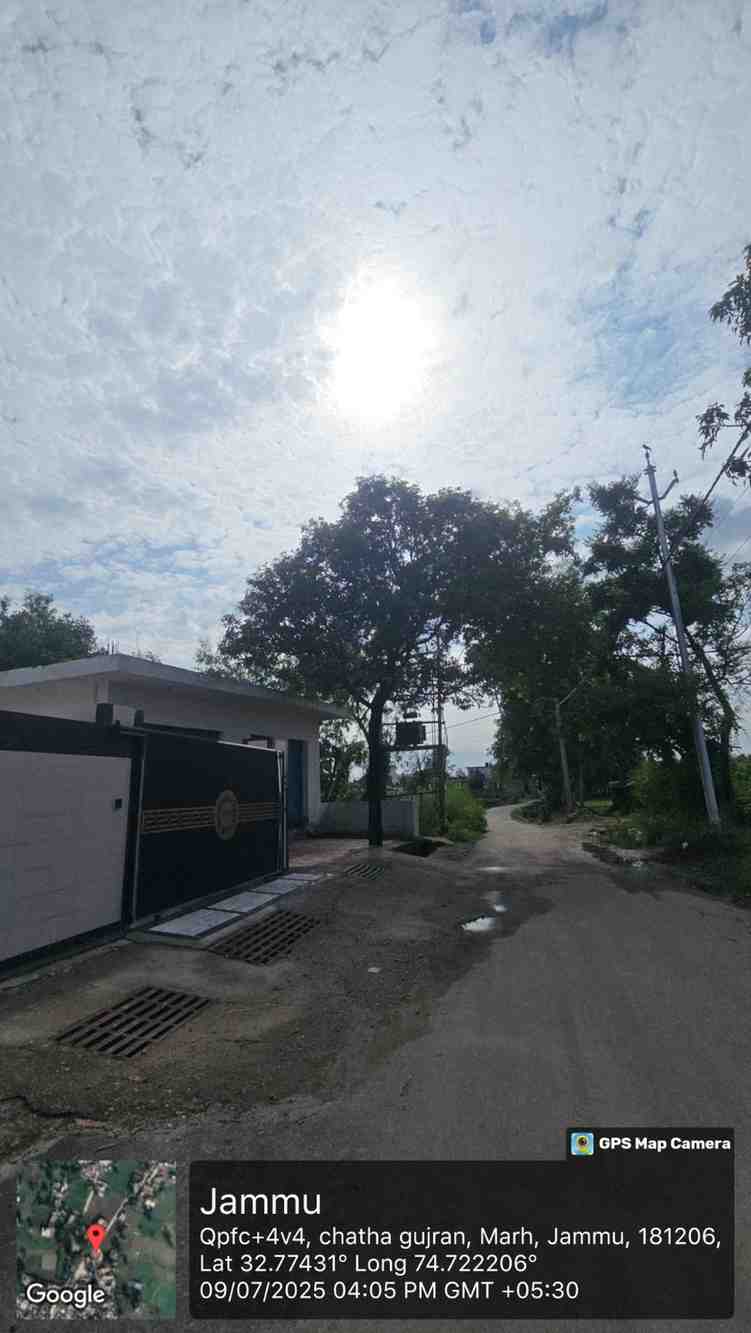
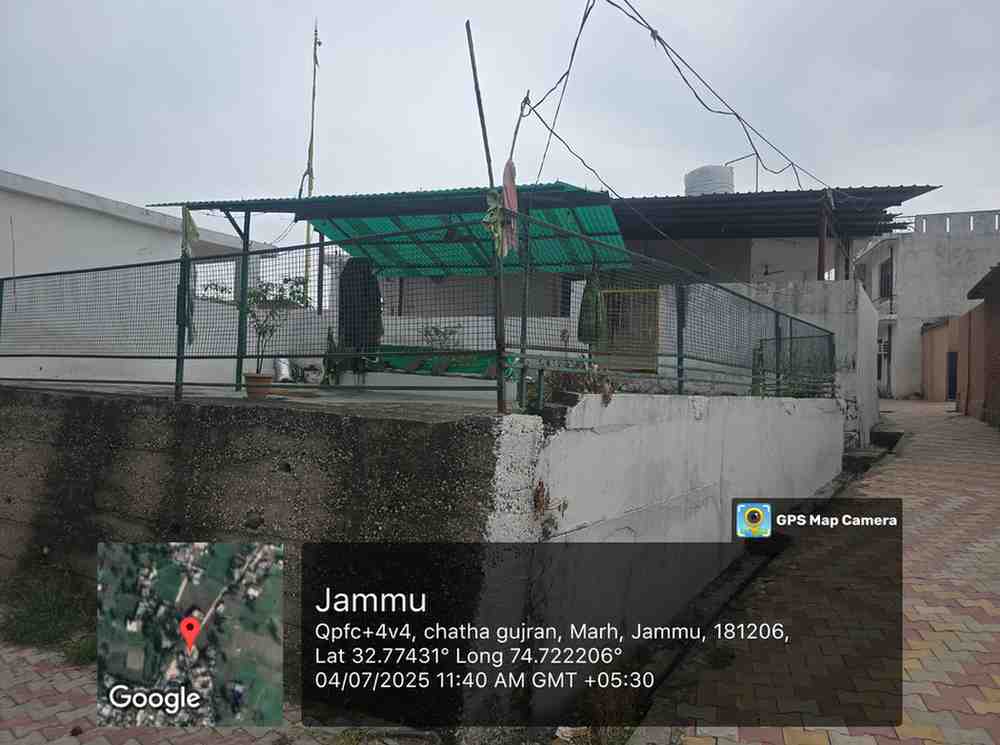
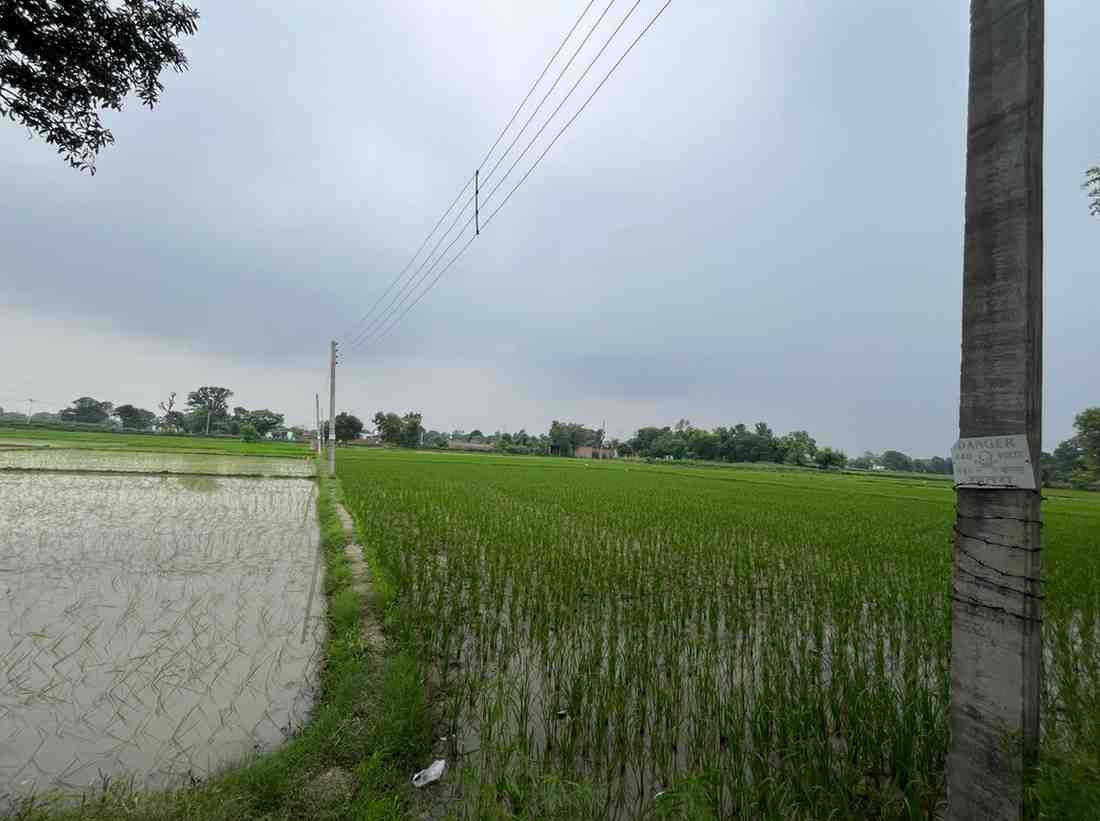
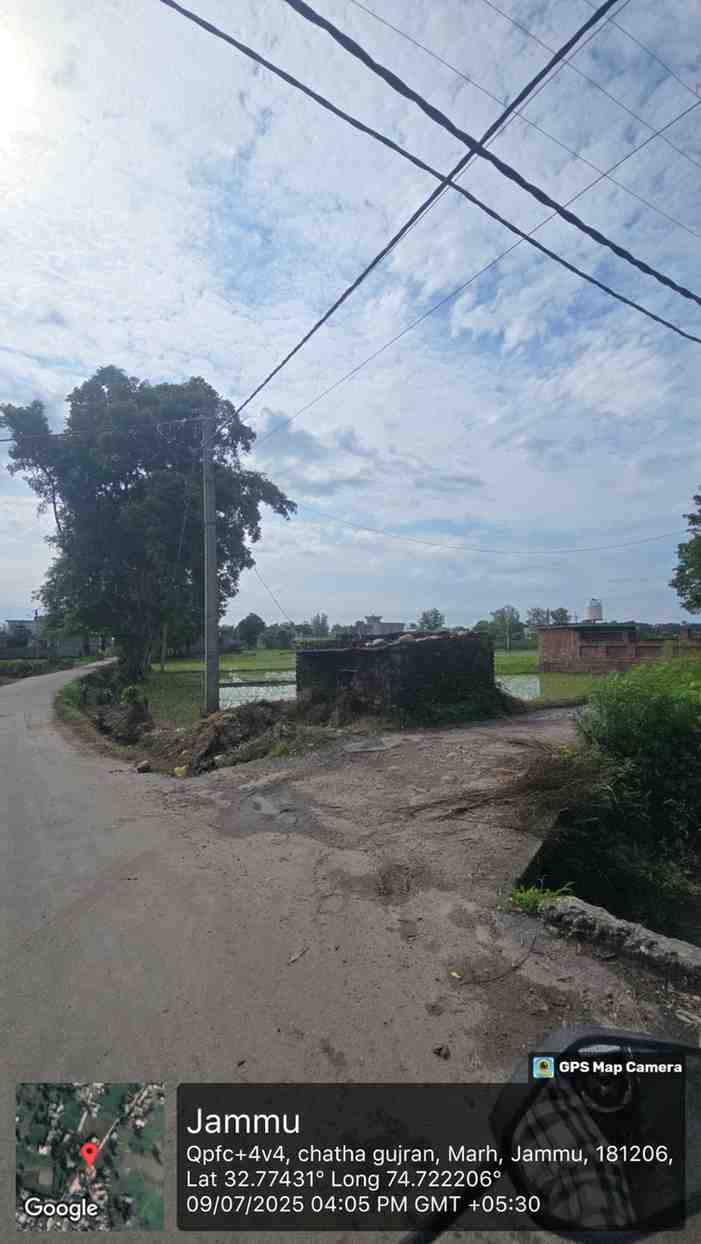
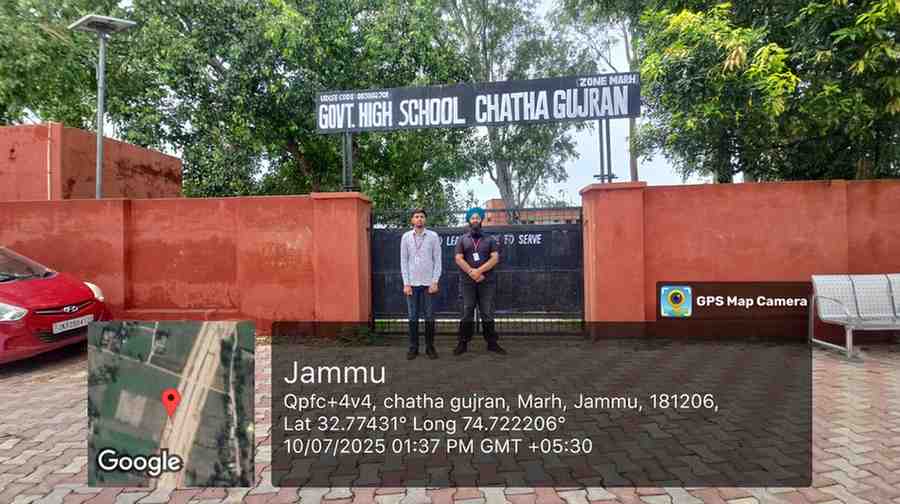



Nice work